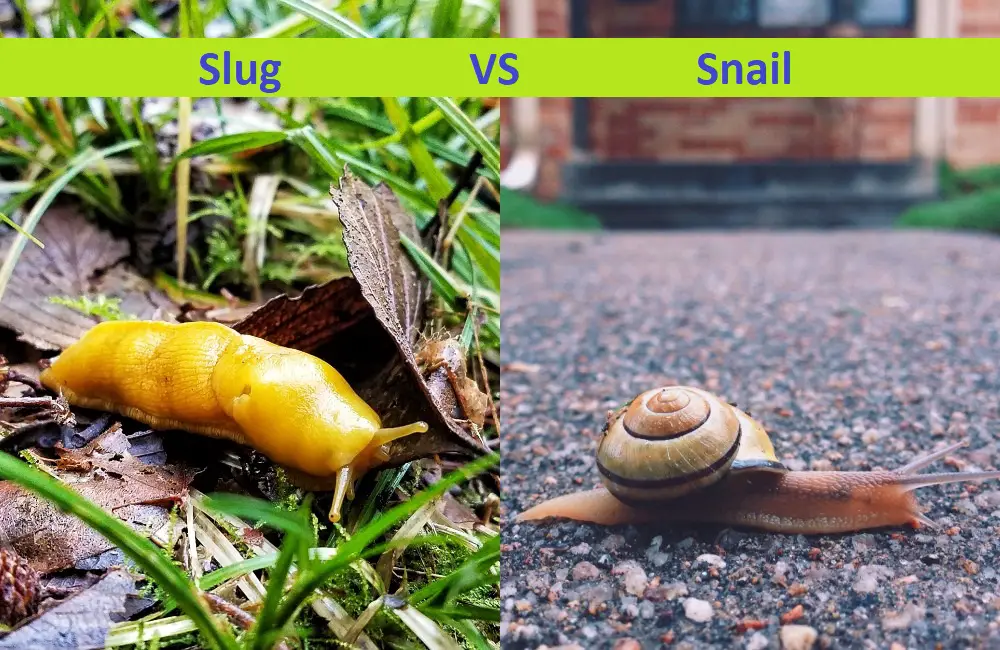
"They come in on pretty much everything: cut flowers, imported fruits and vegetables." "All through the country, we have little outbreaks that come through quarantine barriers," he said. mainland more alarming, said Justine, speaking to the Herald from Paris.

The worm, native to New Guinea, has now been documented in 22 countries, mostly island nations, making its arrival on the U.S. An acidic goo from the stomach dissolves the snail's flesh so the worm can re-swallow both stomach and prey. To get around a snail's armor, the worm latches onto the shell's opening, then spits its stomach out through the mouth on its belly. Robinson has seen pictures of a giant African land snail - another invasive marauder that is the target of a state eradication campaign - being attacked by a pack of 30 to 40 flatworms. While humans face little risk from the worm, it thrives on snails and will eat any slug, worm or soft critter living in soil. "From Miami, the flatworm can go anywhere in Florida and anywhere in the U.S.," said Jean-Lou Justine, lead author of a study published June 23 in the online science journal PeerJ and a researcher at the National Museum of Natural History in Paris.

Scientists worry the worm - which is listed by the International Union for Conservation of Nature as one of the planet's 100 most invasive species - could spread by being transported in garden soil or on plants. "As a biologist, I can handle most things, but I find this really revolting." "It is really vile," said David Robinson, the nation's chief snail scientist at the U.S.


 0 kommentar(er)
0 kommentar(er)
